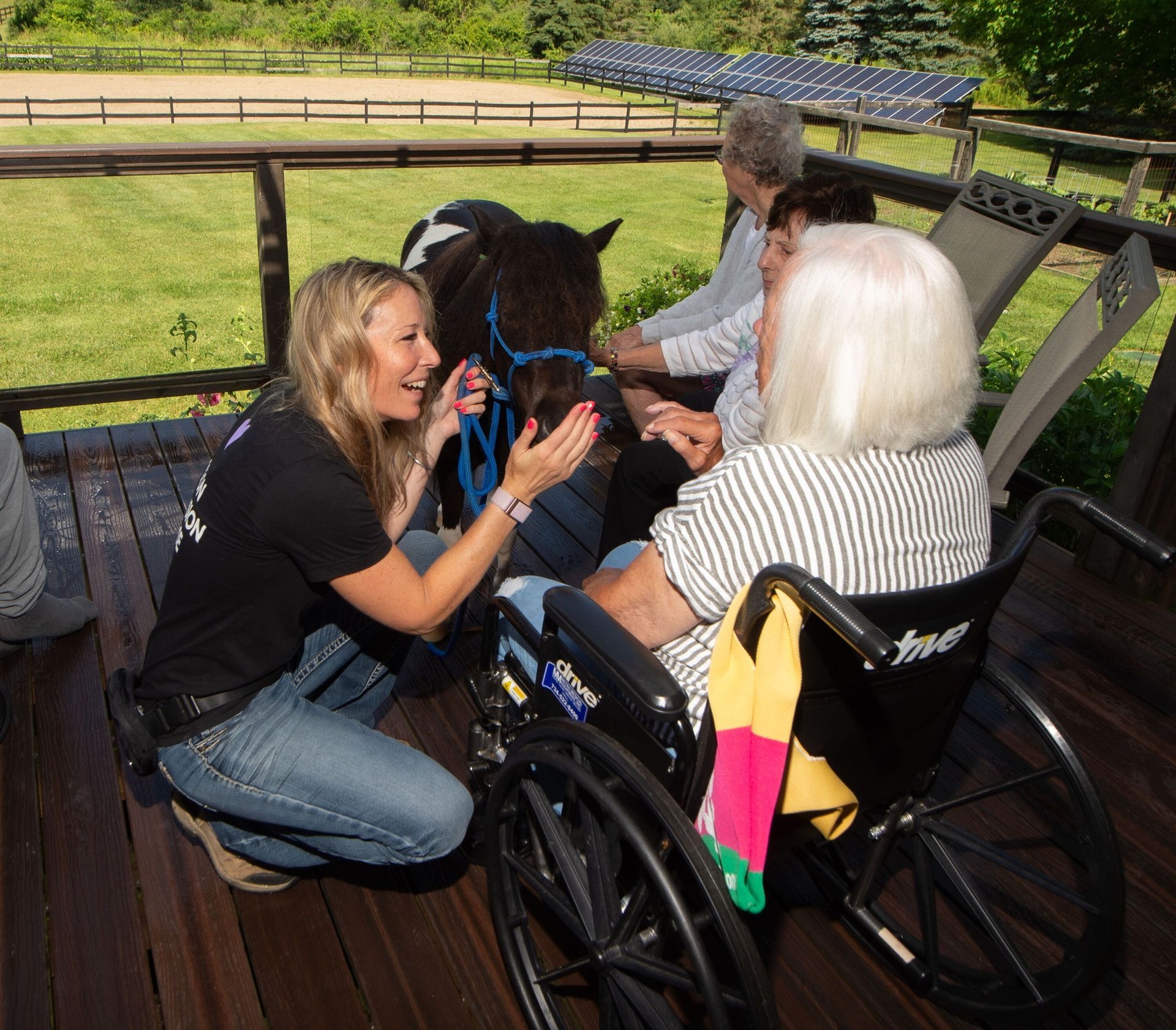Incontinence with Memory Loss Patients

Unfortunately, almost all memory loss patients will become incontinent. At first they will have an occasional accident but eventually they will forget when and how to use the bathroom and will need to wear an undergarment all the time. While nothing can prevent this from happening, there are some techniques which can delay incontinence and cut down on the number of accidents.
Prompting: Accidents often occur because the memory loss patient simply waited too long before heading for the bathroom. If a caregiver will prompt the patient every two to three hours, by asking if they need to use the bathroom, the number of accidents can be reduced significantly. If the memory loss patient continually says they don’t need to use the bathroom, the caregiver should respond with “let’s give it a try” and help the patient to the bathroom. By the time you get to the bathroom, the memory loss patient may suddenly realize they have to go. An old trick which may help is to sit the patient on the toilet and run water.
Bedside Commodes: Many accident happen at night. Often a sleepy resident will have trouble getting to the bathroom in time. Putting a portable commode next to the bed and keeping a night light in the room will help this situation.
Washable Protective Pads: An incontinent patient can damage or destroy furniture, mattresses and carpeting. A caregiver may have to remove and wash bed linen every morning. Even the best undergarments are subject to leaks.
If you have a loved one in the house who suffers with incontinence, you should cover your furniture with washable protective pads, often called “chuck” pads. Chuck pads should be used to cover furniture and mattresses. Even mattresses with waterproof mattress pads should also have an extra large chuck pad underneath. These pads are now available in a variety of colors to match the furniture.
Undergarments: Some undergarments pull up and down like underwear and are useful in the early stages of incontinence when the patient still uses the bathroom by themselves and the undergarment is mainly to protect against accidents. To change this type of undergarment however, the caregiver must remove the patients shoes and pants to put on a new undergarment.
This inconvenience can be avoided by using briefs which are secured on the sides with elastic bands and buttons. These can be changed without removing the patient’s pants.











